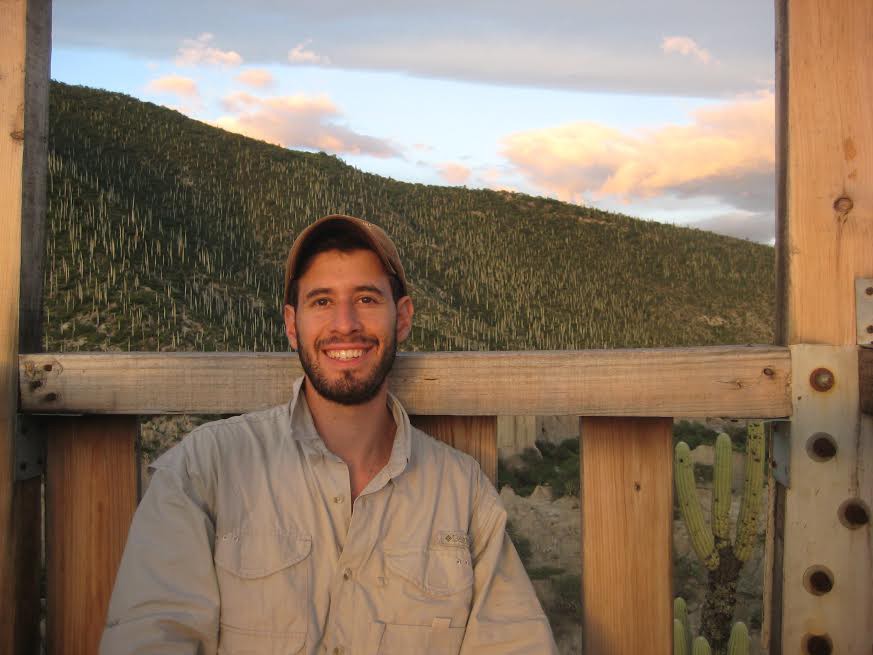Benjamin Wilder, a desert ecology and botany research scientist for the UA Institute of the Environment, has been named interim director for Tucson’s microcosm of desert life, Tumamoc Hill.
Tumamoc Hill has a long history, according to Wilder. Tumamoc’s role in desert botany research began in 1902 when the famous philanthropist Andrew Carnegie provided funding for scientific investigations on desert plant life.
RELATED: Hiking trails to elevate your weekend
The UA has participated in research at Tumamoc Hill since 1906, according to the Tumamoc: People & Habitats website timeline. But the UA assumed full responsibility of research when it purchased Tumamoc Hill in 1960, promising to use the land solely for research and education purposes.
“While it is a research center and an ecological reserve, it’s also important for people who aren’t scientists to walk on it,” Wilder said. “We hope to educate people about the Sonoran Desert.”
Wilder will be succeeding Michael Rosenzweig who assumed his role as director of the desert laboratory in 2007.
“Being interim director of Tumamoc Hill means engaging the UA science community and the general public in increasing our understanding of the desert environment and how people have, and are, interacting with the desert environment,” said Karl Flessa, a UA geosciences professor.
According to Wilder, he intends to do just that.
“I have the intention of making Tumamoc Hill a very popular site for research again,” Wilder said. “It’s my hope that many researchers use Tumamoc Hill as their base of operations and that the public will gain some knowledge about the Sonoran Desert.”
Wilder’s role as interim director will not be his first position at Tumamoc Hill. He started there as an undergraduate working under the guidance of his mentor, Richard Felger.
Some of Tumamoc Hill’s research methods include plant examination over time, fossil investigations and sample collecting, according to Wilder. These findings show the scientists at Tumamoc how plant life has evolved over thousands of years.
“The experiments we do show us that the desert we see today is pretty new,” Wilder said. “The desert we see today used to not be desert.”
Other work done on Tumamoc includes research on the megafauna extinction, according to Wilder.
“The climate has changed substantially,” Wilder said. “This is a major factor in many of the changes we have observed.”
Wilder has had a part in innumerable experiences directing and conducting experiments, according to Flessa.
RELATED: The abundance of cacti in Tucson keeps the Sonoran Desert full of life and beauty
“[Wilder] helped to found, and now directs, N-Gen, a binational group of scientists and social scientists who work on the Sonoran Desert,” Flessa said. “In addition, [Wilder] and Hector Zamora, one of my graduate students, are working on a project that studies the changing hydrology and plant communities in western Sonora.”
According to Flessa, Wilder can help make Tumamoc Hill be the place where scientists from all over connect with the people of the Sonoran Desert.
Wilder has the intention to welcome the general Tucson public and allow them to use Tumamoc Hill’s space as a recreational walking area as well as an educational platform.
“Peoples’ respectful use of the site is welcome,” Wilder said. “Active research is being taken, but if people walk up the paved section, we welcome and hope to increase their appreciation of Tumamoc Hill.”
Follow on Jessica Blackburn on Twitter.















